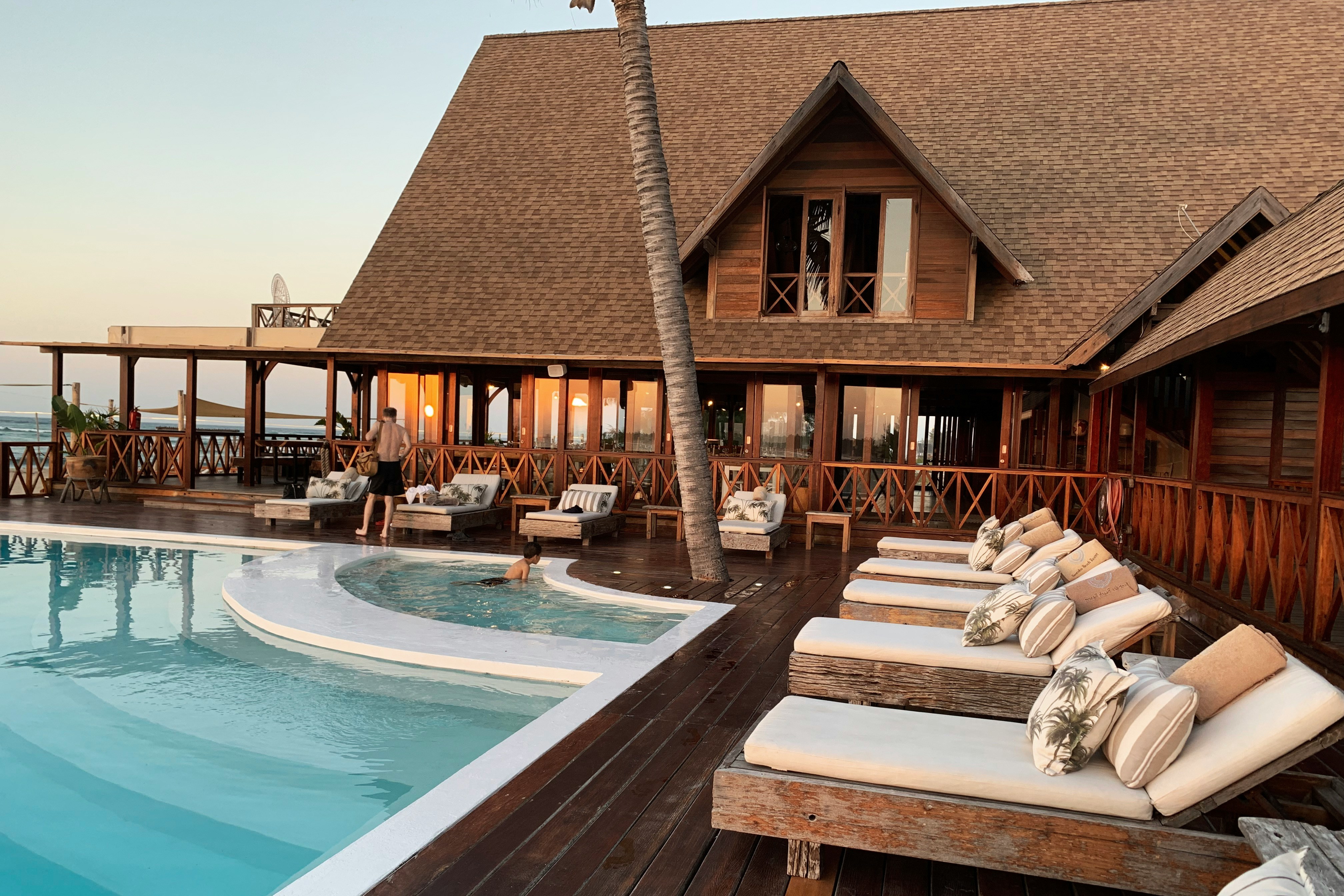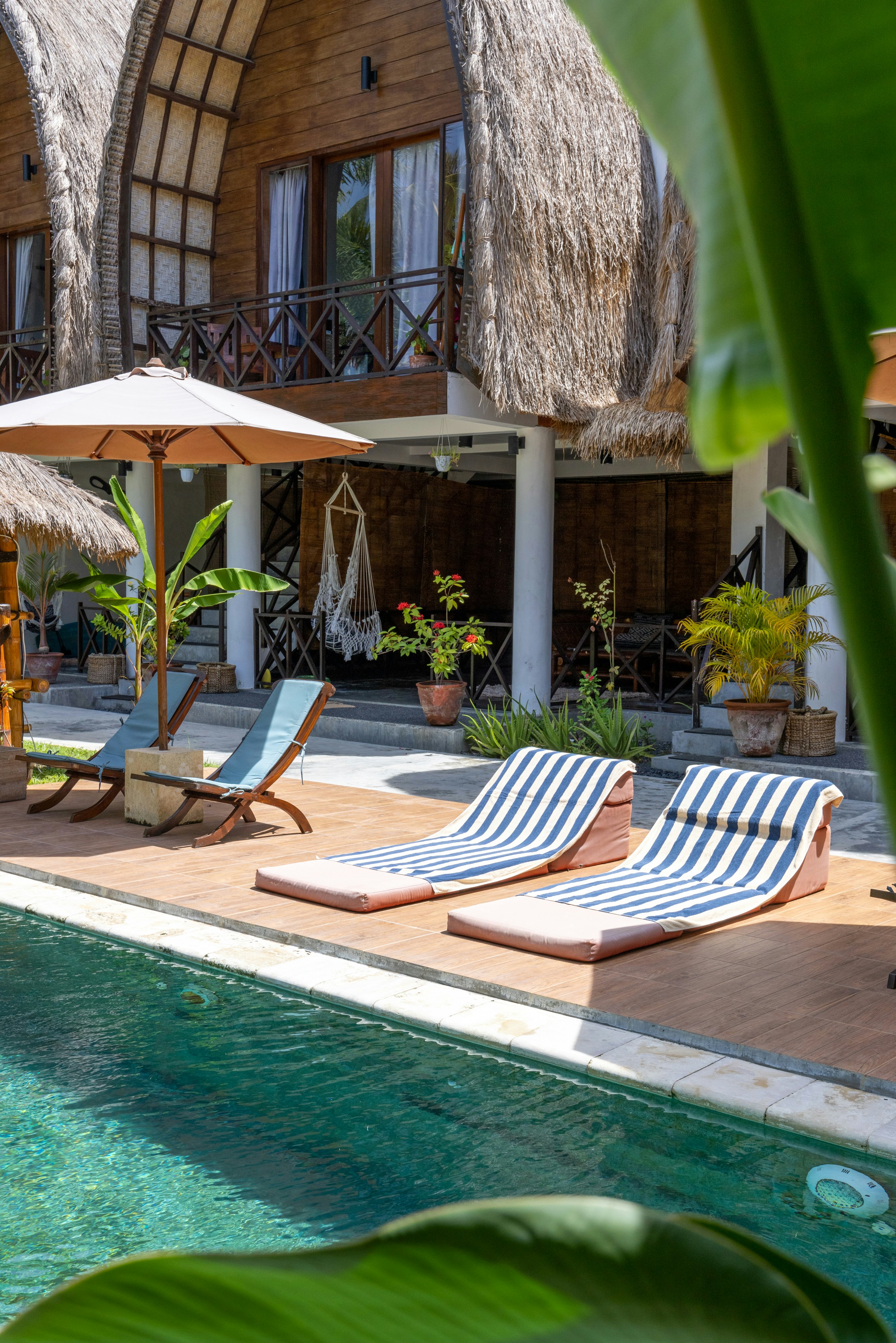යඨාල මහා සෑය ( යටාල දළදා වෙහෙර )- තිස්සමහාරාම පූජා භූමිය | Yatala Stupa
යඨාල මහා සෑය ( යටාල දළදා වෙහෙර )- තිස්සමහාරාම පූජා භූමිය | Yatala Stupa things to do, attractions, restaurants, events info and trip planning
Sri LankaSouthern ProvinceSri Lankaයඨාල මහා සෑය ( යටාල දළදා වෙහෙර )- තිස්සමහාරාම පූජා භූමිය | Yatala Stupa
Plan your stay
Posts
Yatala Vehera (also spelled Yatala Wehera) is an ancient Buddhist stupa dating back to the 3rd Century B.C, located in Deberawewa - Thissamaharama in Hambantota District of Sri Lanka. The stupa is built on a stage made of large flat granite stones and has a surrounding wall of sculpted elephant heads, a moat and a large moonstone. It is believed that the stupa was built 2300 years ago by regional king Yatala Thissa of Ruhuna to commemorate the place where he was born. However some believe that the stupa was built by regional king Mahanaga, father of Yatala Thissa to mark the birth of his son. In various historical documents and chronicles, this stupa has been also referred as Mani Chethiya and Yattalaya. It is not known what was enshrined in this stupa but a large number of relic caskets has been discovered in the stupa. It is believed that this stupa was offered to Arhant Arittha Thero, who was the first Sinhalese arhant, by the regional king of Ruhuna. This stupa is also believed to be the first stupa built in the kingdom of Ruhuna. The restoration work of the Yatala dagaba commenced in 1883 AD and It took over a century to complete the restoration. A small opening has been left in the renovated stupa to observe the different phases of construction.
THISARA NEO
00
Yatala Wehera) is an ancient Buddhist stupa dating back to the 3rd Century B.C, located in Deberawewa - Thissamaharama road in Hambantota District The stupa is built on a stage made of large flat granite stones and has a surrounding wall of sculpted elephant heads, a moat and a large moonstone. There are two different thoughts- 1) It is believed that the stupa was built 2300 years ago by regional king Yatala Thissa of Ruhuna to commemorate the place where he was born. 2) Some believe that the stupa was built by regional king Mahanaga, father of Yatala Thissa to mark the birth of his son. This stupa is also referred as Mani Chethiya and Yattalaya. It is not known what was enshrined in this stupa but a large number of relic caskets has been discovered in the stupa. It is believed that this stupa was offered to Arhant Arittha Thero, who was the first Sinhalese arhant, by the regional king of Ruhuna. This stupa is also believed to be the first stupa built in the kingdom of Ruhuna. The restoration work of the Yatala dagaba commenced in 1883 AD and It took over a century to complete the restoration. A small opening has been left in the renovated stupa to observe the different phases of construction.
Junius Ranasinghe
20
Yatala Dalada Wehera Yatala Dalada Wehera is an ancient Buddhist temple situated in Thissamaharama in Hambanthota district in the Southern province in Sri Lanka. It is by the side of Thissamaharama road (B464). This stupa is said to have been built by the King Mahanaga so as to mark the birth of his son. Further, it is said that the relic of the right side tooth of the Lord Buddha obtained from the God Sakra by Ven. Mihindu Thero was enshrined within this stupa. Travelling along Thissamaharama road from Weerawila to Thissamaharama, a golden pinnacle at the towering white stupa catches your eyes. The stupa has been erected on an elevated platform, around which there is a parapet wall with the sculptured elephants’ heads. On the left side of the stupa, there is an archaeological museum which is a valuable source of information about the wonderful craftsmanship of our ancestors. On full moon poyadays, this place is not that crowded as it is not popular among the pilgrims, but this is an ideal place for meditation and relaxation as it is very calm.
Kumara Liyanage
10
28.01.2024 A Buddhist sacred place was originally built in or around the 3rd century BC. However, the present appearance has undergone many renovations. A few relics are also visible in this area, near the stupa. a calm and quiet place to visit, but try to avoid the daytime due to the heat. A newly built museum is also there. Yatala stupa, also known as 'Ali Maha Vehera', was the first stupa built in "Ruhuna" (one of the major divisions in historical Sri Lanka) after the establishment of Buddhism in Sri Lanka by King 'Mahanaga'. This stupa was built in order to mark the birth of the son of King Mahanaga. This stupa is 124 feet in height. The museum is open from 0900–1600 hrs. on any day except Tuesday, and the entrance is free.
Jayasanka Udara
10
Yatala Vehera (also spelled Yatala Wehera) is an ancient Buddhist stupa dating back to the 3rd Century B.C, located in Deberawewa - Thissamaharama in Hambantota District of Sri Lanka. The stupa is built on a stage made of large flat granite stones and has a surrounding wall of sculpted elephant heads, a moat and a large moonstone. It is believed that the stupa was built 2300 years ago by regional king Yatala Thissa of Ruhuna to commemorate the place where he was born. However some believe that the stupa was built by regional king Mahanaga, father of Yatala Thissa to mark the birth of his son. copied-Wikipedia
Vikum Madushan
10
Yatala Wehera is located by the Hambanthota - Katharagama road, in-between Debarawewa and Thissamaharamaya. According to the Ancient Dhathu Vanshaya, this Yatala Wehera (also know as Dalada Dageba) was built by king Maha Naaga. Very peaceful, people seem to forget leave this pagoda out. There is a small museum to the side that has pieces dating back to 2BC. Even the place is not much popular among public, it is really worth to visit the place and stay in peacefully. If you are staying in Tissa and have time to explore the town, this is nice to visit and you can easily walk from the Tissa main road.
Thanuja Malimbada
10
Nearby Attractions Of යඨාල මහා සෑය ( යටාල දළදා වෙහෙර )- තිස්සමහාරාම පූජා භූමිය | Yatala Stupa
Tissa Lake

Tissa Lake
4.7
(182)
Click for details
Nearby Restaurants Of යඨාල මහා සෑය ( යටාල දළදා වෙහෙර )- තිස්සමහාරාම පූජා භූමිය | Yatala Stupa
Smoky Kitchen

Smoky Kitchen
4.7
(616)
Click for details
Basic Info
Address
Yatala Dagoba, Sandungama Rd, Tissamaharama, Sri Lanka
Map
Reviews
Overview
4.6
(148 reviews)
Ratings & Description
Description
Yatala Vehera is an ancient Buddhist stupa dating back to the 3rd Century B.C, located in Deberawewa - Thissamaharama in Hambantota District of Sri Lanka. The stupa is built on a stage made of large flat granite stones and has a surrounding wall of sculpted elephant heads, a moat and a large moonstone.
attractions: Tissa Lake, restaurants: Smoky Kitchen

- Please manually select your location for better experience




